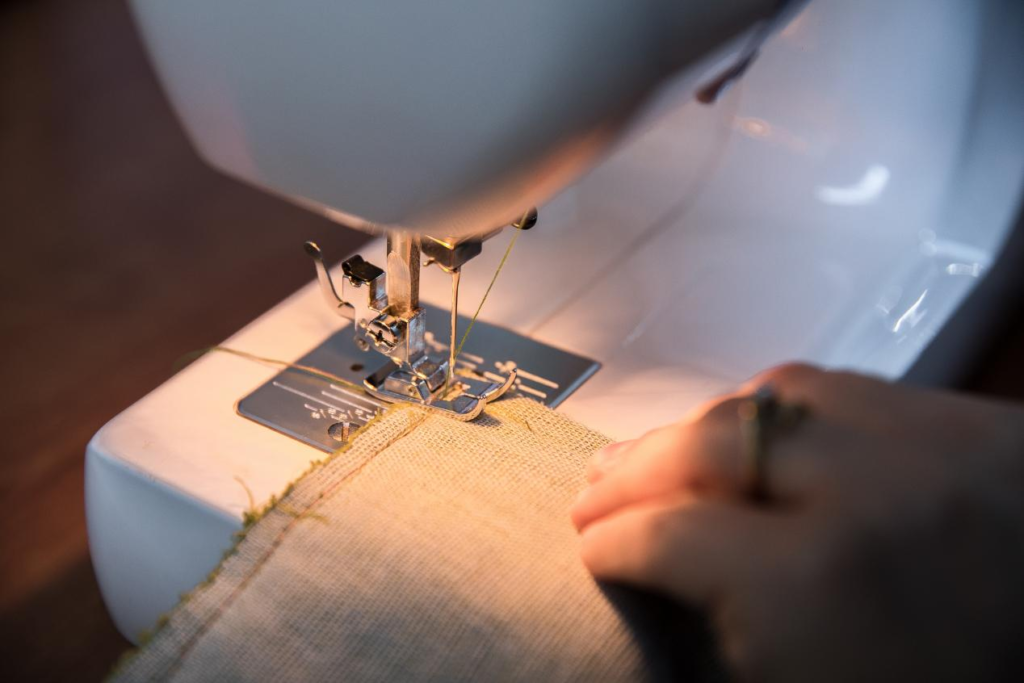Why Sewing Machine Thread Keeps Breaking: 6 Common Causes and Solutions
Are you tired of constantly experiencing the frustration of your sewing machine thread breaking? Don't worry, we've got you covered! In this article, we will explore the common reasons why sewing machine thread keeps breaking. So, sit back, relax, and let's unravel the mystery of why your sewing machine thread keeps snapping!
Incorrect Thread Tension
Incorrect thread tension is one of the key reasons why sewing machine thread keeps breaking. It occurs when the tension on the thread is either too tight or too loose. When the tension is too tight, the thread can become stretched and may snap under the pressure. If the tension is too loose, the thread may not be able to form proper stitches, leading to breakages.
Solution
Adjust the tension settings on your sewing machine. By referring to the machine's manual, you can learn how to properly adjust the tension to ensure that it is neither too tight nor too loose.
Incorrect Needle Type
The use of an incorrect needle type can also cause thread breakages. Using the wrong needle can put excessive strain on the thread, causing it to break easily. It is important to choose the appropriate needle for the fabric you are working with. For example, a needle meant for heavyweight fabrics may be too thick and sharp for delicate fabrics, leading to thread breakage. Similarly, a needle designed for knit fabrics may not be suitable for woven fabrics.
Solution
It is recommended to refer to the sewing machine manual or consult with a knowledgeable sewing professional to determine the correct needle type for your specific project.
Dull or Damaged Needle
Another reason why sewing machine thread keeps breaking is a dull or damaged needle. When the needle is dull, it can't smoothly penetrate the fabric, causing it to push and pull on the thread, which can lead to breakage. Similarly, a damaged needle, such as one with a bent or blunt tip, can also cause the thread to break. It's important to regularly check and replace your sewing machine needle to ensure it is sharp and in good condition.
Incorrect Thread Placement
When threading your sewing machine, it is crucial to ensure that the thread is placed correctly in the machine's tension disks. If the thread is not properly seated between the disks, it can cause tension issues, leading to thread breakage.
Solution:
When winding the bobbin, make sure that the thread is evenly distributed and tightly wound. Uneven tension on the bobbin thread can also cause the thread to break while sewing.
Poor Thread Quality
Using low-quality thread can cause a multitude of issues, including frequent thread breaks. When the thread is of poor quality, it may not be strong enough to withstand the tension and friction of the sewing machine. As a result, it can easily break while you are sewing. Additionally, low-quality thread may have inconsistencies in its thickness or texture, leading to further problems. These inconsistencies can cause the thread to get caught or snagged in the machine, resulting in breakage.
Solution:
Invest in high-quality thread that is specifically designed for use in sewing machines. Look for thread that is strong and durable, as well as smooth and consistent in texture.
Machine Issues or Malfunctions
Machine issues or malfunctions can be a common cause of sewing machine thread breaking. This can be frustrating for users who are in the middle of a sewing project and must constantly stop and fix the thread. It is important to troubleshoot these issues and make any necessary adjustments to prevent further thread breakage.
Solution:
Regular maintenance and cleaning of the machine can help to prevent malfunctions and keep the thread running smoothly. If the problem persists, it may be worth consulting a professional or contacting the manufacturer for further assistance.
In conclusion, if you are facing issues with your sewing machine thread keeps on breaking, there are several factors that could be causing the problem. It is important to check for incorrect thread tension, needle type, and placement, as well as a dull or damaged needle. Poor thread quality or machine issues can also contribute to the problem. By identifying and addressing these issues, you can ensure smooth and hassle-free sewing experience. So, don't forget to double-check these factors next time you encounter any sewing troubles.

